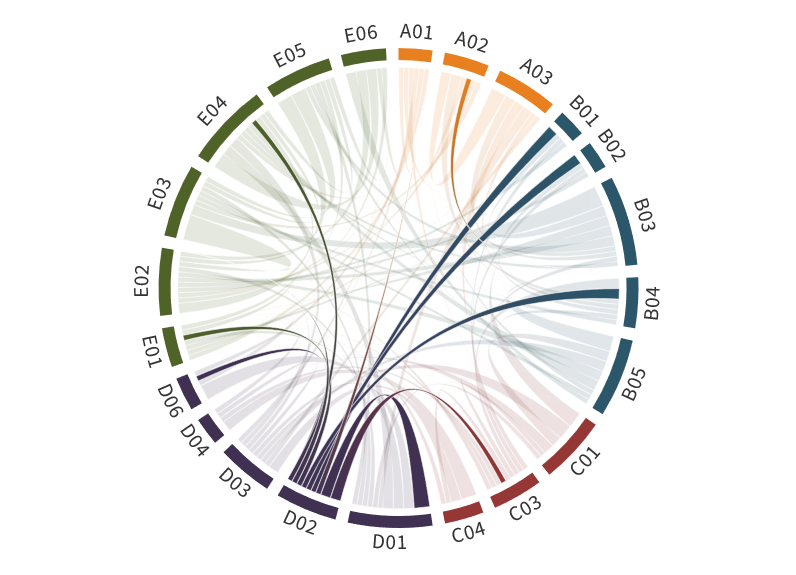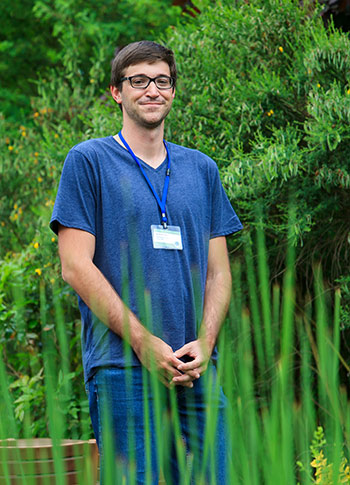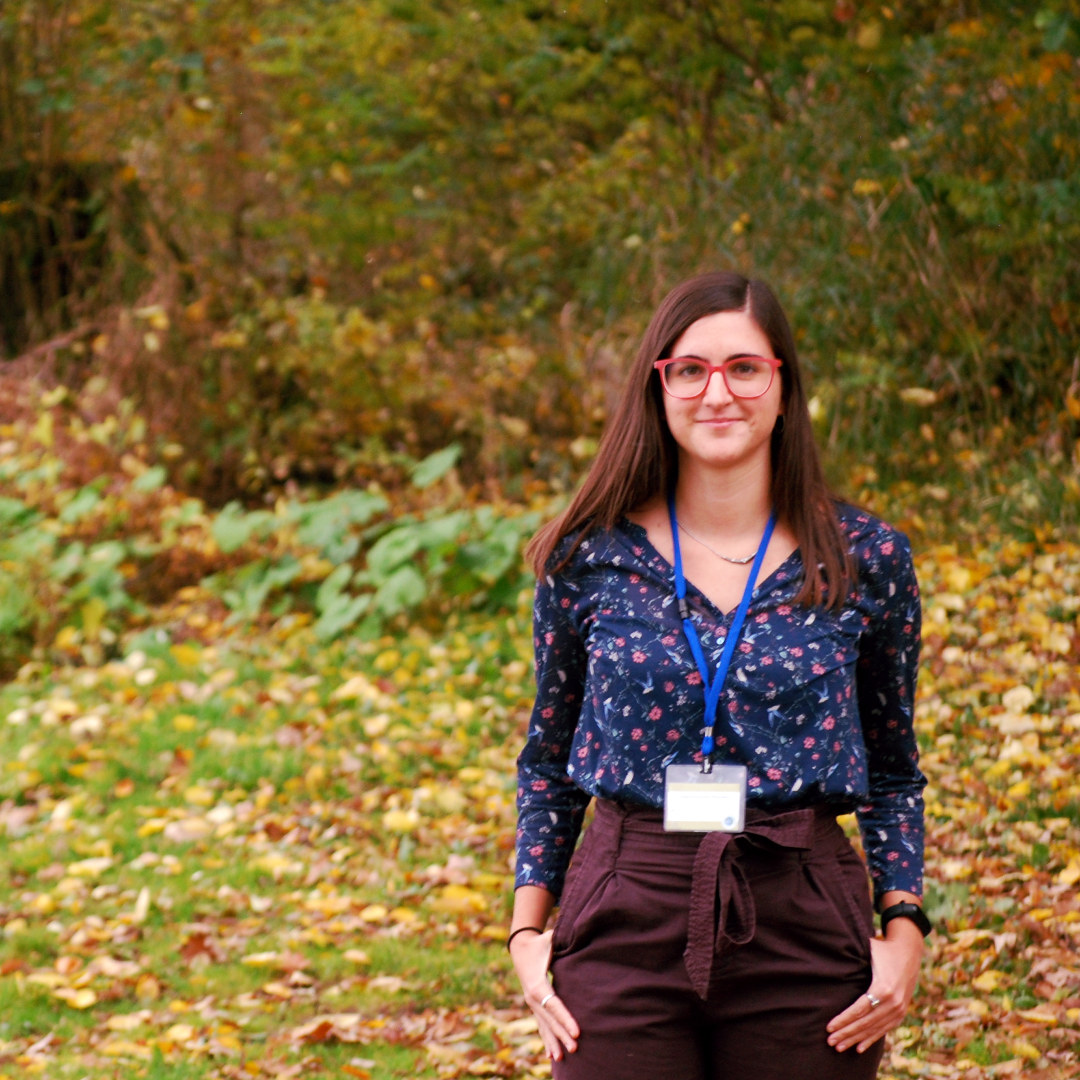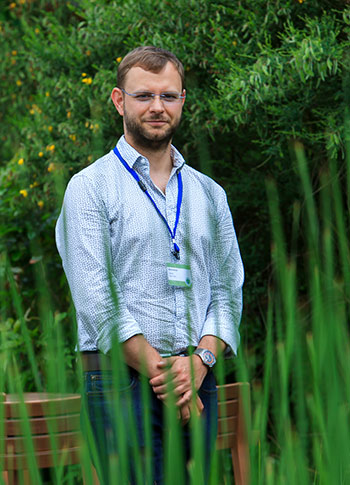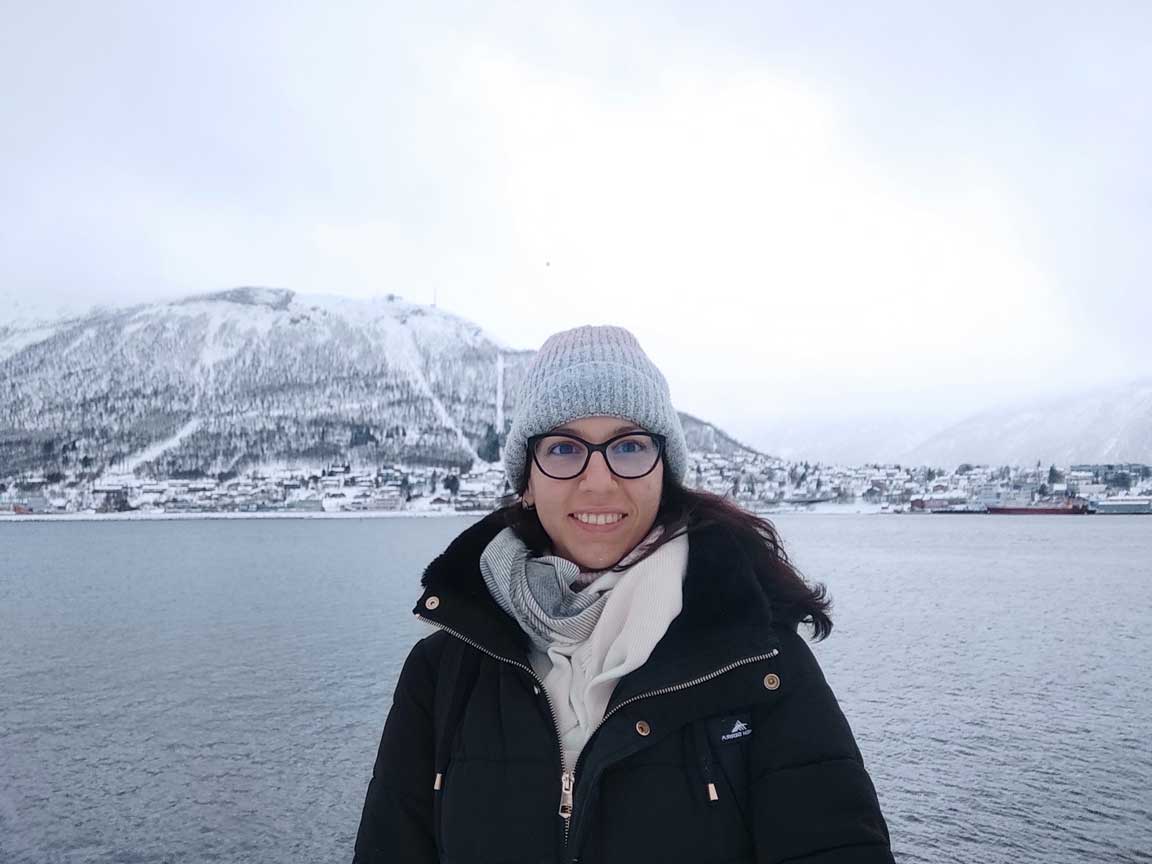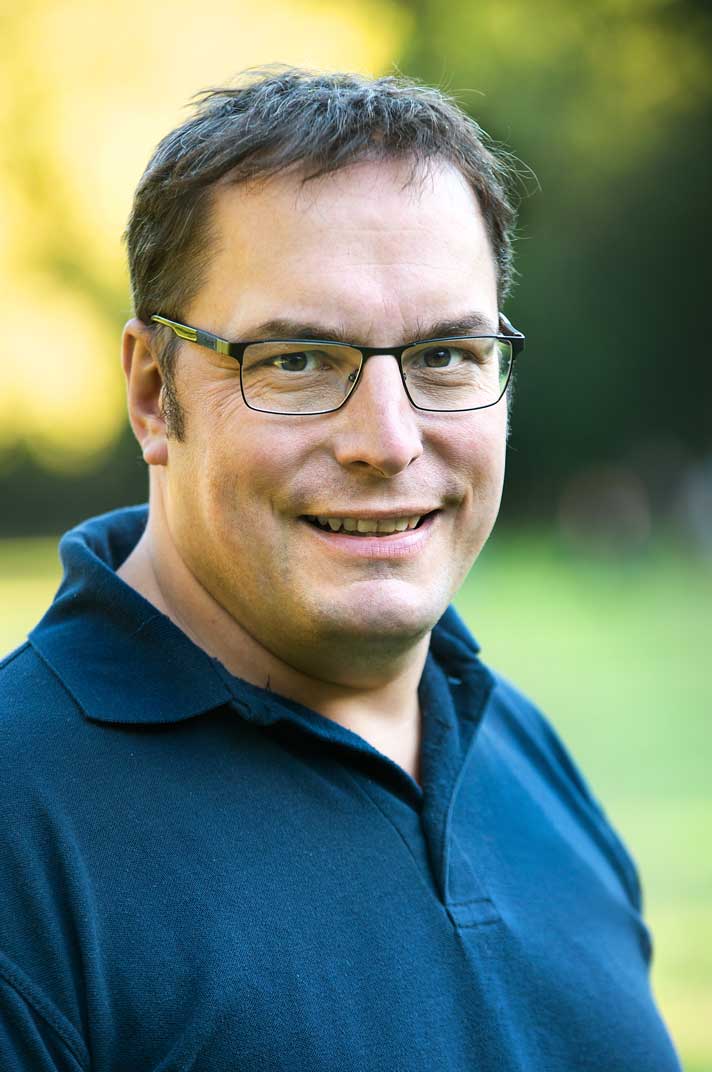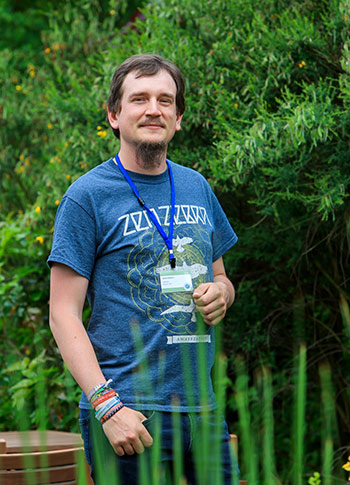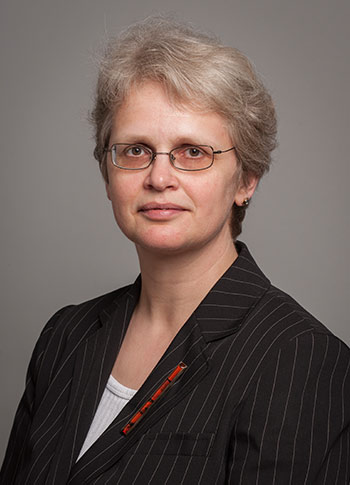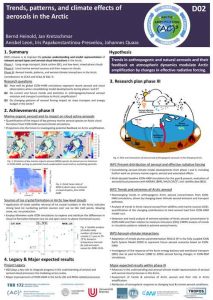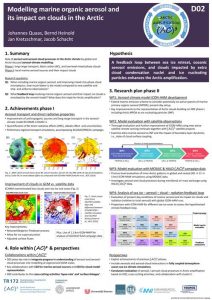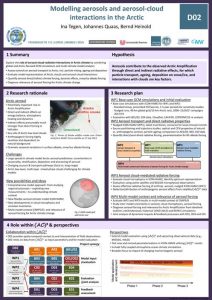D02: Trends, patterns, and climate effects of aerosol in the Arctic
PIs: Bernd Heinold, Jan Kretzschmar (former PI: Johannes Quaas, Ina Tegen)
Aerosol particles and their interactions with clouds affect the Arctic climate by influencing the radiative budget, precipitation, and atmospheric dynamics at high and midlatitudes. The influences essentially depend on the distribution and the specific contribution of different aerosol sources and patterns of air mass transport. This, however, like the Arctic climate itself, is currently subject to rapid change, with more drastic changes anticipated in the future. During phases I and II, the major results of D02 were improvements in the representation (i) of aerosol emissions from natural and anthropogenic sources affecting the Arctic, and (ii) of aerosol–cloud interactions in the climate model version of the ICOsahedral Non–hydrostatic model (ICON) and its version with interactive aerosol, the ICON–HAM. Furthermore, a novel satellite retrieval of ice crystal number concentration has been applied in the Arctic for the first time, highlighting the impact of strong local INP sources over sea ice. Building on these achievements, D02 in the third phase will investigate whether trends in the emission and transport of natural and anthropogenic aerosols at mid and high latitudes will strengthen Arctic amplification.
To disentangle the effects of changing aerosol emissions and transport as well as their interaction with radiation and clouds in the Arctic, global simulations with ICON–HAM will be performed. Newly available datasets from observational campaigns like HALO–(AC)³ and MOSAiC, as well as new satellite remote sensing products of aerosol and cloud properties from (AC)³ project partners will be used to evaluate how well present–day aerosol– radiation and aerosol–cloud interactions in the Arctic are represented in the simulations. On the basis of the evaluation of the past–to–current state, it will be investigated how trends in aerosol composition and concentration modulate future Arctic amplification through their effective radiative forcing (ERF) and associated modifications in meridional energy transports.
Hypothesis:
Trends in anthropogenic and natural aerosols and their feedback on atmospheric dynamics modulate Arctic amplification through changes in effective aerosol radiative forcing.
Specifically, D02 will answer the questions:
- How well does ICON–HAM represent recent aerosol and cloud observations when consolidating model developments during (AC )3 phase I and II?
- Do current and future trends and extremes in anthropogenic/natural aerosol emission and transport contribute to Arctic amplification?
- Do changing patterns of aerosol forcing impact air mass transport and energy budget in the Arctic?
This project will address all three overarching strategic questions (SQs) of (AC)³. Dedicated modeling studies, motivated and evaluated by the wealth of observational datasets collected during phase I and II, D02 will give answers about the present–day contribution of aerosols to Arctic amplification (SQ1). As major sources of Arctic aerosol are based in lower latitudes, D02 will clarify how Arctic–midlatitude linkages will affect Arctic amplification through trends and extremes in aerosol transport (SQ2). Finally, D02 assesses how changes in the emission of natural and anthropogenic aerosols will modulate Arctic amplification in the upcoming decades (SQ3).
Achievements phase II
- Quantification of the distribution and variability of relevant primary species of marine aerosol contributing to the budget of cloud condensation and freezing nuclei in the Arctic, and
- Identification of enhanced ice crystal formation in Arctic low–level ice clouds over sea ice compared to open ocean, indicating strong local INP sources, like open leads and melt ponds, or a potentially major role of blowing snow or secondary ice production.
Achievements phase I
In D02, the relevant anthropogenic aerosol sources and impact of long-range transport were identified (Schacht et al., 2019). An evaluation of BC emission and transport uncertainties revealed that the latest, transient emission data sets produce 30 % higher BC burden in the Arctic, and that uncertainties in BC emissions may cause 20 % error in the direct radiative forcing estimates over the central Arctic (Schacht et al., 2019). Furthermore, propositions for important revisions of the cloud representation in the atmospheric model were investigated in a thorough evaluation using satellite data (Kretzschmar et al., 2019).
Role within (AC)³
Members
Dr. Jan Kretzschmar
Principle Investigator
University of Leipzig
Leipzig Institute for Meteorology (LIM)
Stephanstr. 3
04103 Leipzig
Iris Papakonstantinou-Presvelou
PhD
University of Leipzig
Leipzig Institute for Meteorology (LIM)
Stephanstr. 3
04103 Leipzig
Dr. Bernd Heinold
Principal Investigator
Leibniz Insititute for Tropospheric Research (TROPOS)
Permoserstr. 15
04318 Leipzig
Anisbel Leon
PhD
Leibniz Insititute for Tropospheric Research (TROPOS)
Permoserstr. 15
04318 Leipzig
Former Members
Prof. Dr. Johannes Quaas
Principal Investigator
University of Leipzig
Leipzig Institute for Meteorology (LIM)
Stephanstr. 3
04103 Leipzig
Dr. Jacob Schacht
PhD (in phase I)
Leibniz Insititute for Tropospheric Research (TROPOS)
Permoserstr. 15
04318 Leipzig
Prof. Dr. Ina Tegen
Principal Investigator
Leibniz Insititute for Tropospheric Research (TROPOS)
Permoserstr. 15
04318 Leipzig
Publications
2024
2023
Wendisch, M.; Brückner, M.; Crewell, S.; Ehrlich, A.; Notholt, J.; Lüpkes, C.; Macke, A.; Burrows, J. P.; Rinke, A.; Quaas, J.; Maturilli, M.; Schemann, V.; Shupe, M. D.; Akansu, E. F.; Barrientos-Velasco, C.; Bärfuss, K.; Blechschmidt, A.-M.; Block, K.; Bougoudis, I.; Bozem, H.; Böckmann, C.; Bracher, A.; Bresson, H.; Bretschneider, L.; Buschmann, M.; Chechin, D. G.; Chylik, J.; Dahlke, S.; Deneke, H.; Dethloff, K.; Donth, T.; Dorn, W.; Dupuy, R.; Ebell, K.; Egerer, U.; Engelmann, R.; Eppers, O.; Gerdes, R.; Gierens, R.; Gorodetskaya, I. V.; Gottschalk, M.; Griesche, H.; Gryanik, V. M.; Handorf, D.; Harm-Altstädter, B.; Hartmann, J.; Hartmann, M.; Heinold, B.; Herber, A.; Herrmann, H.; Heygster, G.; Höschel, I.; Hofmann, Z.; Hölemann, J.; Hünerbein, A.; Jafariserajehlou, S.; Jäkel, E.; Jacobi, C.; Janout, M.; Jansen, F.; Jourdan, O.; Jurányi, Z.; Kalesse-Los, H.; Kanzow, T.; Käthner, R.; Kliesch, L. L.; Klingebiel, M.; Knudsen, E. M.; Kovács, T.; Körtke, W.; Krampe, D.; Kretzschmar, J.; Kreyling, D.; Kulla, B.; Kunkel, D.; Lampert, A.; Lauer, M.; Lelli, L.; von Lerber, A.; Linke, O.; Löhnert, U.; Lonardi, M.; Losa, S. N.; Losch, M.; Maahn, M.; Mech, M.; Mei, L.; Mertes, S.; Metzner, E.; Mewes, D.; Michaelis, J.; Mioche, G.; Moser, M.; Nakoudi, K.; Neggers, R.; Neuber, R.; Nomokonova, T.; Oelker, J.; Papakonstantinou-Presvelou, I.; Pätzold, F.; Pefanis, V.; Pohl, C.; van Pinxteren, M.; Radovan, A.; Rhein, M.; Rex, M.; Richter, A.; Risse, N.; Ritter, C.; Rostosky, P.; Rozanov, V. V.; Donoso, E. R.; Saavedra-Garfias, P.; Salzmann, M.; Schacht, J.; Schäfer, M.; Schneider, J.; Schnierstein, N.; Seifert, P.; Seo, S.; Siebert, H.; Soppa, M. A.; Spreen, G.; Stachlewska, I. S.; Stapf, J.; Stratmann, F.; Tegen, I.; Viceto, C.; Voigt, C.; Vountas, M.; Walbröl, A.; Walter, M.; Wehner, B.; Wex, H.; Willmes, S.; Zanatta, M. & Zeppenfeld, S., 2023: Atmospheric and Surface Processes, and Feedback Mechanisms Determining Arctic Amplification: A Review of First Results and Prospects of the (AC)³ Project, Bull. Am. Meteorol. Soc., American Meteorological Society, 104, E208–E242, https://doi.org/10.1175/bams-d-21-0218.1
2022
Salzmann, M.; Ferrachat, S.; Tully, C.; Münch, S.; Watson-Parris, D.; Neubauer, D.; Siegenthaler-Le Drian, C.; Rast, S.; Heinold, B.; Crueger, T.; Brokopf, R.; Mülmenstädt, J.; Quaas, J.; Wan, H.; Zhang, K.; Lohmann, U.; Stier, P. & Tegen, I., 2022: The Global Atmosphere-aerosol Model ICON-A-HAM2.3–Initial Model Evaluation and Effects of Radiation Balance Tuning on Aerosol Optical Thickness, J. Adv. Model. Earth Syst., 14, e2021MS002699, https://doi.org/10.1029/2021MS002699
Papakonstantinou-Presvelou, I.; Sourdeval, O. & Quaas, J., 2022: Strong Ocean/Sea-Ice Contrasts Observed in Satellite-Derived Ice Crystal Number Concentrations in Arctic Ice Boundary-Layer Clouds, Geophys. Res. Lett., 49, e2022GL098207, https://doi.org/10.1029/2022GL098207
2021
, , , , & , 2021: The importance of the representation of DMS oxidation in global chemistry-climate simulations. Geophys. Res. Lett., 48, e2021GL094068. https://doi.org/10.1029/2021GL094068
Schacht, J., 2021: Black Carbon Aerosol in the Arctic: Ageing, Transport and Radiative Effects, Dissertation, Universität Leipzig, https://nbn-resolving.org/urn:nbn:de:bsz:15-qucosa2-759652.
2020
Kretzschmar, J., Stapf, J., Klocke, D., Wendisch, M., and Quaas, J., 2020: Employing airborne radiation and cloud microphysics observations to improve cloud representation in ICON at kilometer-scale resolution in the Arctic, Atmos. Chem. Phys., 20, 13145–13165, https://doi.org/10.5194/acp-20-13145-2020.
Donth, T., Jäkel, E., Ehrlich, A., Heinold, B., Schacht, J., Herber, A., Zanatta, M., and Wendisch, M., 2020: Combining atmospheric and snow radiative transfer models to assess the solar radiative effects of black carbon in the Arctic, Atmos. Chem. Phys., 20, 8139–8156, https://doi.org/10.5194/acp-20-8139-2020.
L. Mei, V. Rozanov, Ch. Ritter, B. Heinold, Z. Jiao, M. Vountas, J. P.Burrows, 2020, Retrieval of Aerosol Optical Thickness in the Arctic Snow-Covered Regions Using Passive Remote Sensing: Impact of Aerosol Typing and Surface Reflection Model, IEEE Transactions on Geoscience and Remote Sensing, https://doi.org/10.1109/TGRS.2020.2972339
2019
Kretzschmar, J., M. Salzmann, J. Mülmenstädt, and J. Quaas, 2019: Arctic clouds in ECHAM6 and their sensitivity to cloud microphysics and surface fluxes, Atmos. Chem. Phys., 19, 10571–10589, doi:10.5194/acp-19-10571-2019
Schacht, J., B. Heinold, J. Quaas, J. Backman, R. Cherian, A. Ehrlich, A. Herber, W.T.K. Huang, Y. Kondo, A. Massling, P.R. Sinha, B. Weinzierl, M. Zanatta, and I. Tegen, 2019: The importance of the representation of air pollution emissions for the modeled distribution and radiative effects of black carbon in the Arctic, Atmos. Chem. Phys., 19, 11159–11183, https://doi.org/10.5194/acp-19-11159-2019
Wendisch, M., A. Macke, A. Ehrlich, C. Lüpkes, M. Mech, D. Chechin, K. Dethloff, C. Barrientos, H. Bozem, M. Brückner, H.-C. Clemen, S. Crewell, T. Donth, R. Dupuy, C. Dusny, K. Ebell, U. Egerer, R. Engelmann, C. Engler, O. Eppers, M. Gehrmann, X. Gong, M. Gottschalk, C. Gourbeyre, H. Griesche, J. Hartmann, M. Hartmann, B. Heinold, A. Herber, H. Herrmann, G. Heygster, P. Hoor, S. Jafariserajehlou, E. Jäkel, E. Järvinen, O. Jourdan, U. Kästner, S. Kecorius, E.M. Knudsen, F. Köllner, J. Kretzschmar, L. Lelli, D. Leroy, M. Maturilli, L. Mei, S. Mertes, G. Mioche, R. Neuber, M. Nicolaus, T. Nomokonova, J. Notholt, M. Palm, M. van Pinxteren, J. Quaas, P. Richter, E. Ruiz-Donoso, M. Schäfer, K. Schmieder, M. Schnaiter, J. Schneider, A. Schwarzenböck, P. Seifert, M.D. Shupe, H. Siebert, G. Spreen, J. Stapf, F. Stratmann, T. Vogl, A. Welti, H. Wex, A. Wiedensohler, M. Zanatta, S. Zeppenfeld, 2019: The Arctic Cloud Puzzle: Using ACLOUD/PASCAL Multi-Platform Observations to Unravel the Role of Clouds and Aerosol Particles in Arctic Amplification, Bull. Amer. Meteor. Soc., 100 (5), 841–871, doi:10.1175/BAMS-D-18-0072.1
2018
Knudsen, E.M., B. Heinold, S. Dahlke, H. Bozem, S. Crewell, I. V. Gorodetskaya, G. Heygster, D. Kunkel, M. Maturilli, M. Mech, C. Viceto, A. Rinke, H. Schmithüsen, A. Ehrlich, A. Macke, C. Lüpkes, M. Wendisch, 2018: Meteorological conditions during the ACLOUD/PASCAL field campaign near Svalbard in early summer 2017, Atmos. Chem. Phys., 18, 17995-18022, doi:10.5194/acp-18-17995-2018
Wendisch, M., M. Brückner, J. P. Burrows, S. Crewell, K. Dethloff, K. Ebell, Ch. Lüpkes, A. Macke, J. Notholt, J. Quaas, A. Rinke, and I. Tegen, 2017: Understanding causes and effects of rapid warming in the Arctic. Eos, 98, doi:10.1029/2017EO064803

